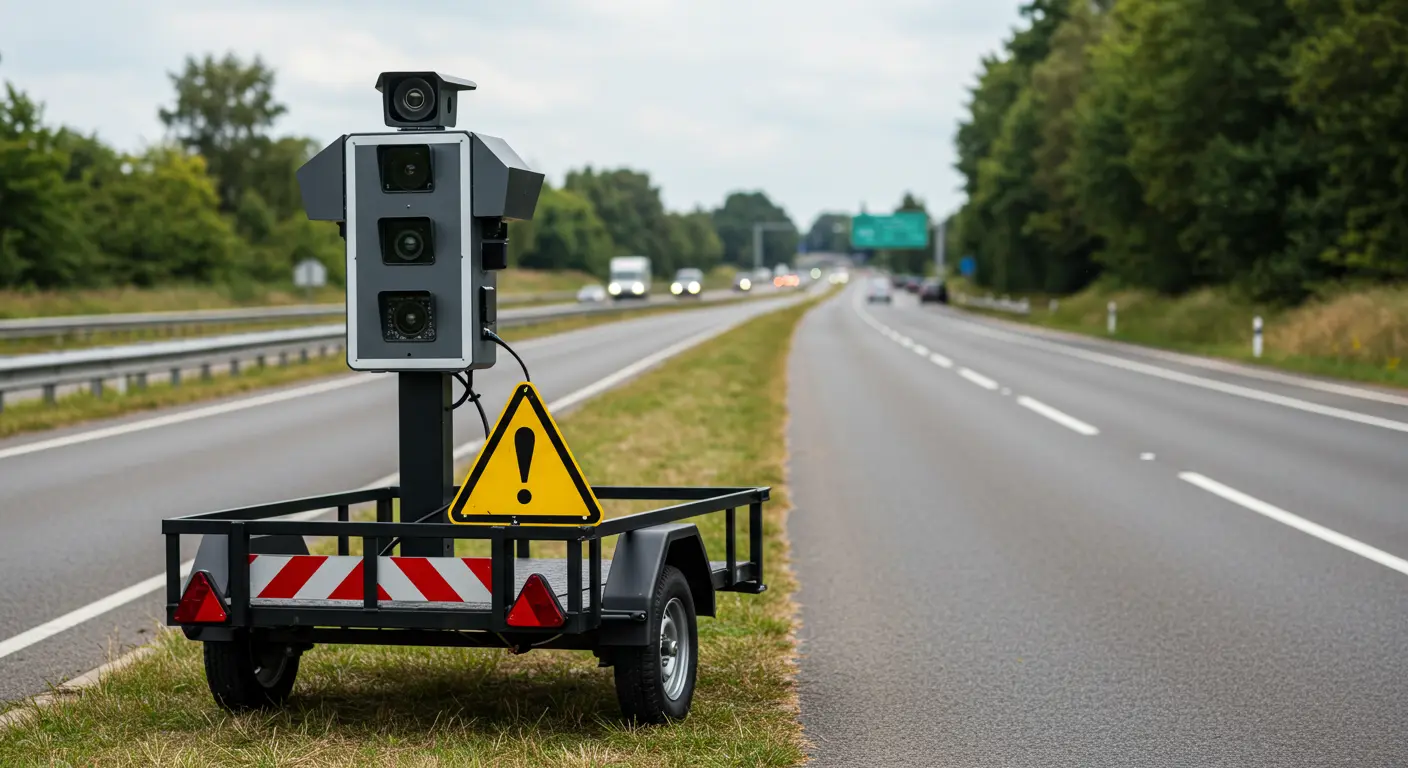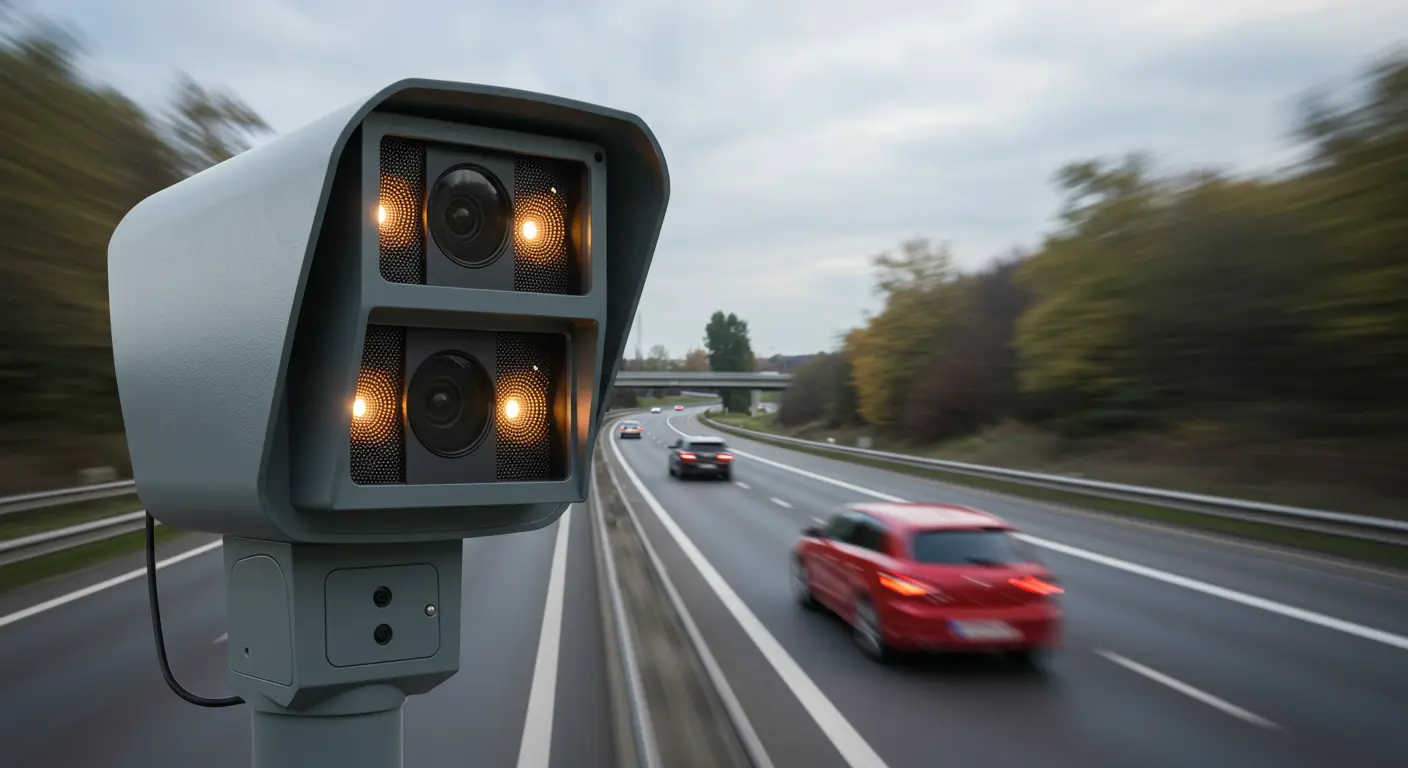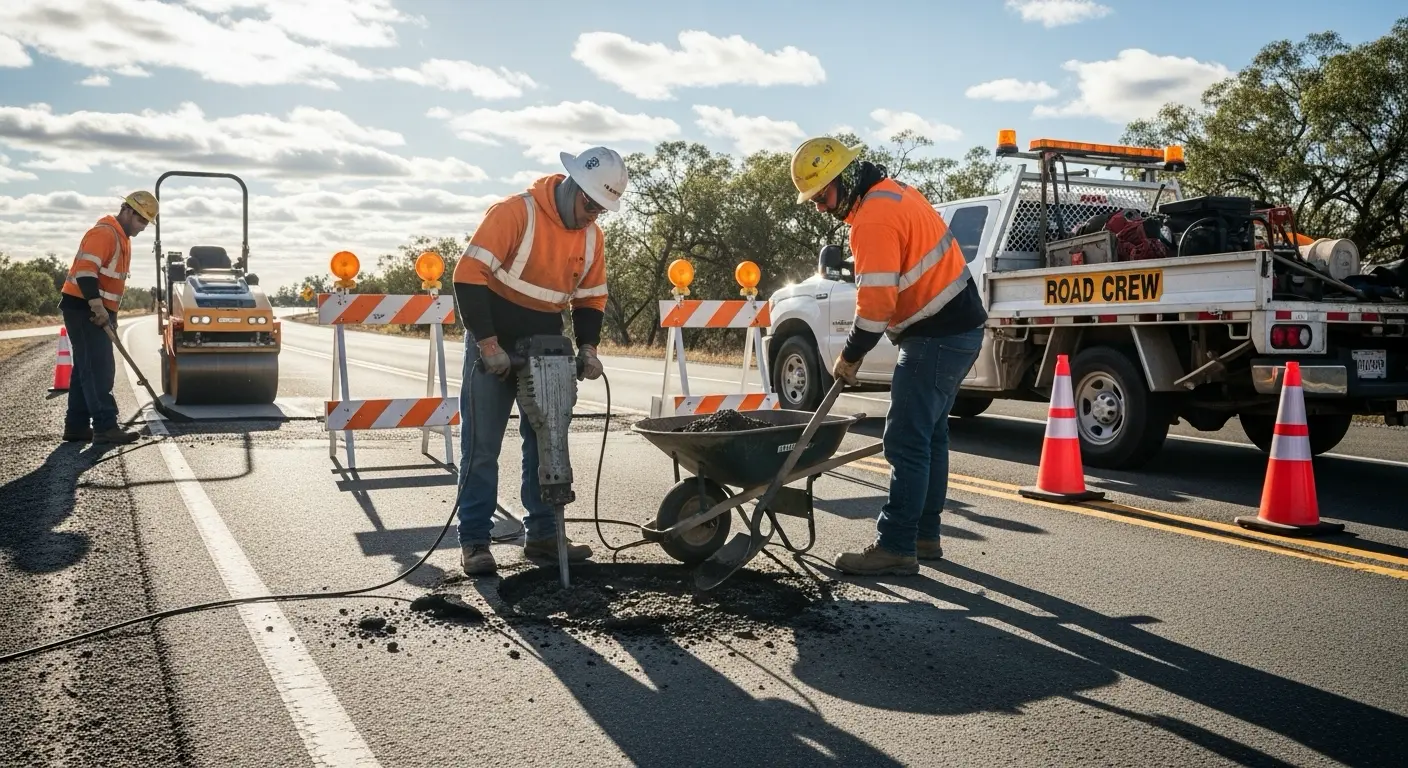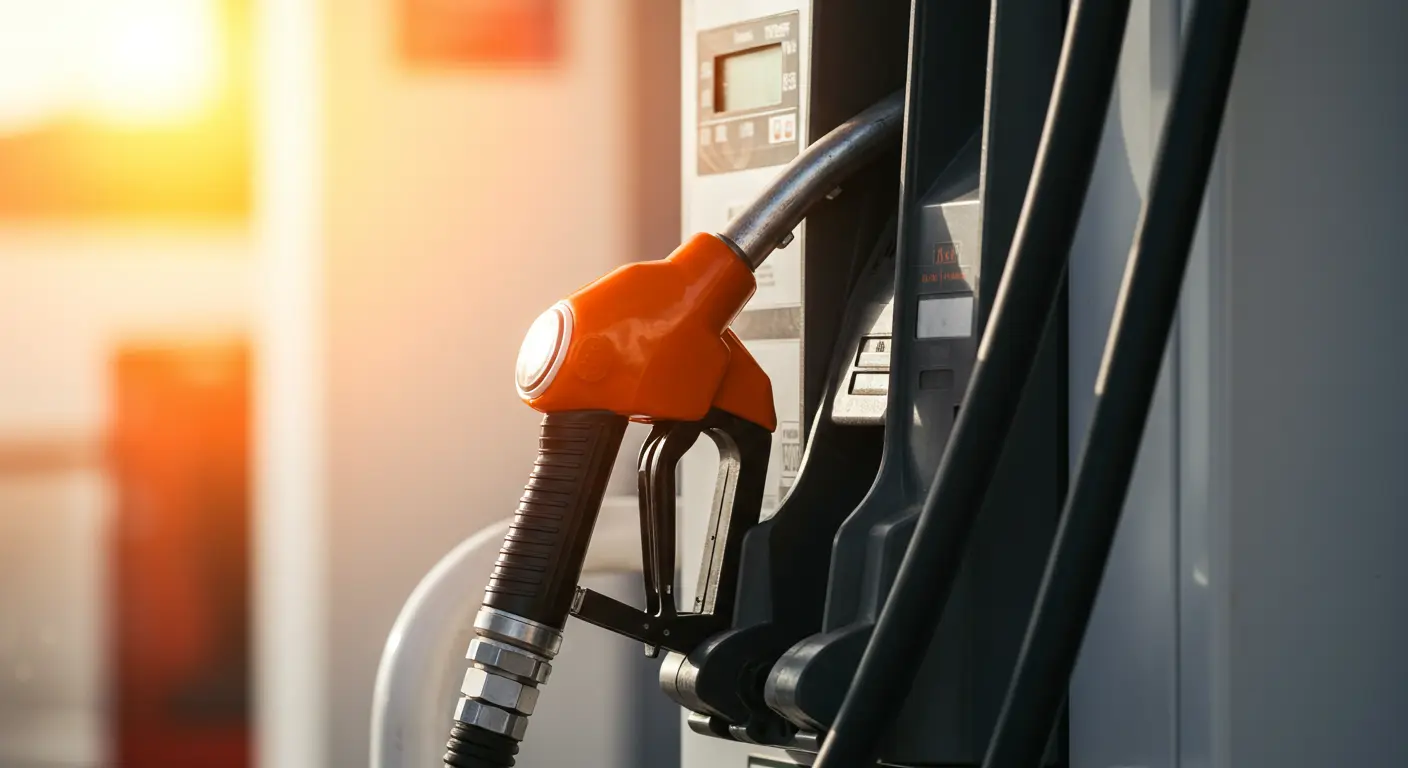Electric and hybrid vehicles are becoming increasingly popular in Australia. To help you navigate this electrified landscape, let's break down the most common acronyms and terms you'll encounter.
Common Electric Vehicle Types
BEV: Battery Electric Vehicle BEVs run solely on electricity stored in rechargeable batteries. These zero-emission vehicles are gaining traction in Australia, with popular models including the Tesla Model 3 and Nissan Leaf. HEV: Hybrid Electric Vehicle HEVs combine a petrol engine with an electric motor. They generate electricity through regenerative braking and the engine, without the need for external charging. The Toyota Prius is a well-known example. PHEV: Plug-in Hybrid Electric Vehicle PHEVs offer the best of both worlds, featuring both an internal combustion engine and a rechargeable battery that can be plugged in. They typically provide 30-60km of pure electric range before switching to hybrid mode. FCEV: Fuel Cell Electric Vehicle FCEVs use hydrogen fuel cells to generate electricity. While not yet widely available in Australia, they produce only water and heat as emissions, making them an intriguing zero-emission alternative.
Key Components and Terms
Lithium-Ion (Li-Ion) Battery: The most common EV battery type, known for high energy density and long lifespan. kWh (Kilowatt-hours): The unit measuring an EV's battery capacity. A higher kWh rating generally indicates more range. Regenerative Braking: A system that captures braking energy to recharge the vehicle's battery. Charging Levels:
- Level 1: Slow charging using a standard household outlet
- Level 2: Faster charging using a dedicated EV charger
- Level 3 (DC Fast Charging): The quickest charging option, typically found at public stations
The Future of EVs in Australia
As Australia embraces electric vehicles, understanding these terms becomes increasingly important. With government support for cleaner transportation and expanding charging infrastructure, EVs are set to play a significant role in Australia's automotive future.
Frequently Asked Questions
Q: What is a Battery Electric Vehicle (BEV)?
A: A BEV is a fully electric vehicle powered solely by rechargeable batteries, producing zero tailpipe emissions.
Q: How does a Hybrid Electric Vehicle (HEV) work?
A: An HEV combines a traditional internal combustion engine with an electric motor. It generates electricity through regenerative braking and the petrol engine, without the need for external charging.
Q: What's the difference between a PHEV and an HEV?
A: Unlike regular hybrids (HEVs), Plug-in Hybrid Electric Vehicles (PHEVs) have batteries that can be charged by plugging into an external power source. They typically offer 30-60km of pure electric range before switching to hybrid mode.
Q: What is a Fuel Cell Electric Vehicle (FCEV)?
A: An FCEV uses hydrogen fuel cells to generate electricity, powering an electric motor. They produce only water and heat as emissions.
Q: What does kWh mean for electric vehicles?
A: kWh stands for kilowatt-hours, which measures an EV's battery capacity. A higher kWh rating generally means more driving range.
Q: What are the different charging levels for EVs?
A: There are three main charging levels: Level 1 (slow charging at home), Level 2 (faster charging with a dedicated charger), and Level 3 (DC Fast Charging, the quickest option available at public stations).
Q: What is regenerative braking?
A: Regenerative braking is a system that captures energy normally lost during braking and uses it to recharge the vehicle's battery.
Q: What type of battery is commonly used in EVs?
A: Lithium-Ion (Li-Ion) batteries are the most common type used in EVs, known for their high energy density and long lifespan.













